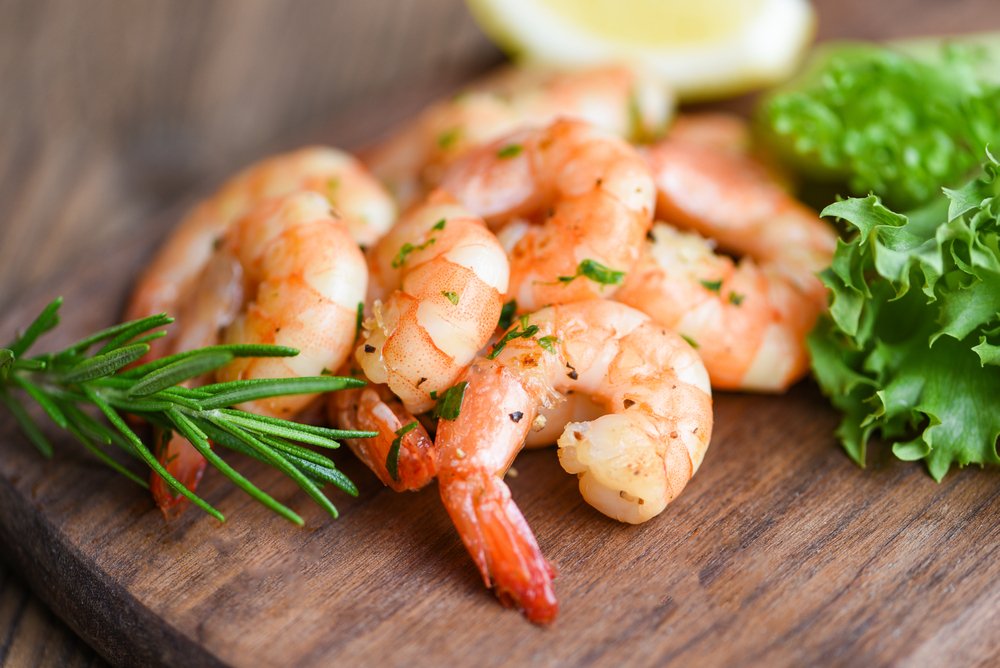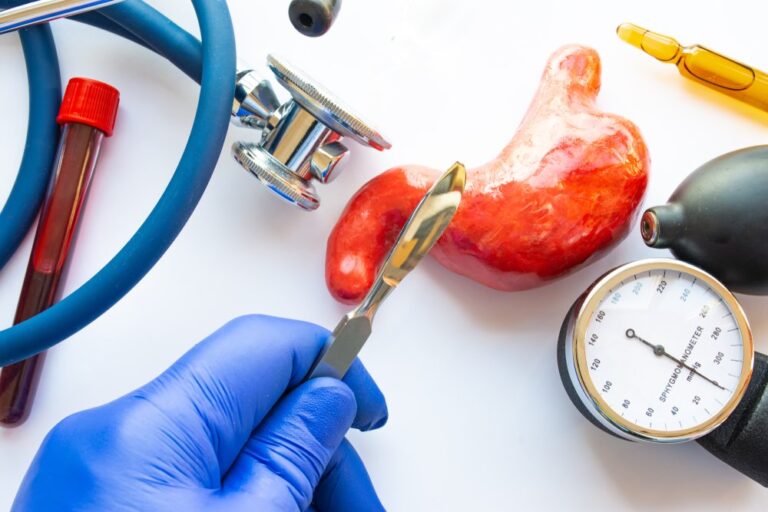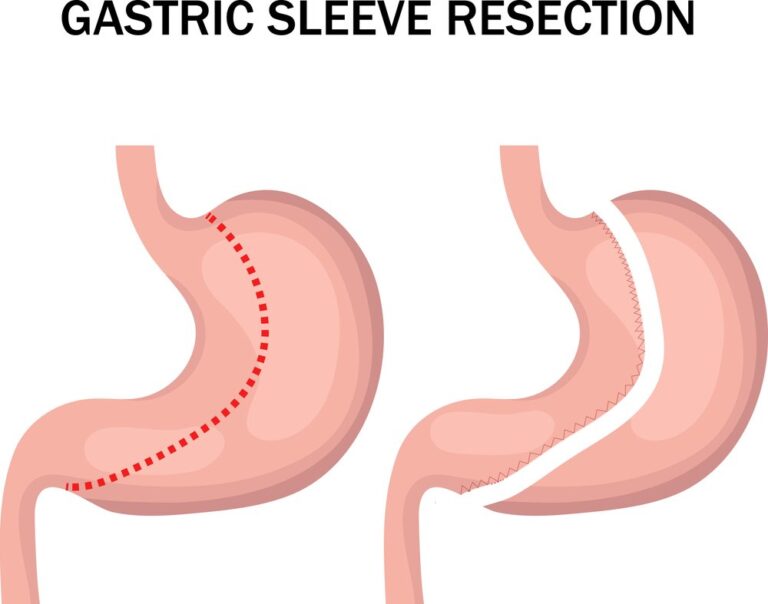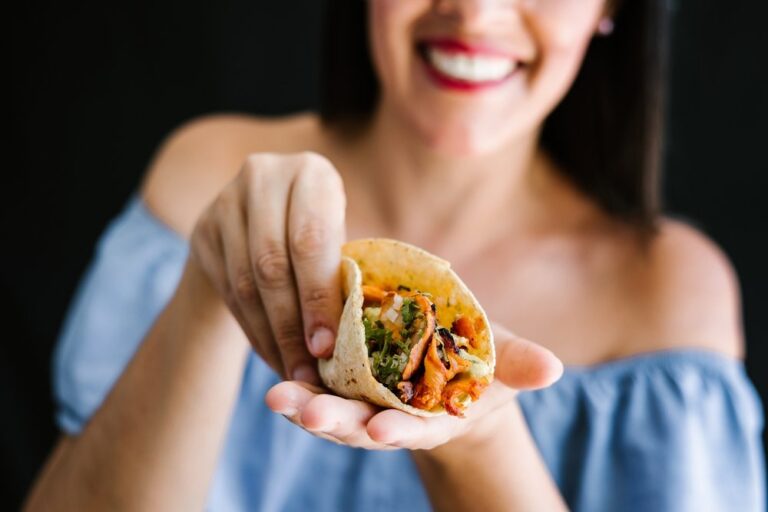During the soft food stage, a few weeks post-surgery, you may start to eat seafood after gastric sleeve surgery. However, it’s critical to seek personalized advice from your healthcare team regarding the appropriate timing and specific dietary adjustments. They will assess your healing progress and individual needs. Adhere to their dietary guidelines, start with small portions, and ensure thorough chewing. If any discomfort or adverse reactions occur when you eat seafood after gastric sleeve surgery, promptly consult your healthcare team.
Get a $1000 Off on Gastric Sleeve in Miami
Recommended Seafood Choices for Gastric Sleeve Patients
When it comes to seafood choices for gastric sleeve patients, it’s important to opt for options that are nutrient-dense, easily digestible, and low in fat. Here are some recommended seafood choices:
- Salmon: Salmon is an excellent choice as it is rich in omega-3 fatty acids, high-quality protein, and essential nutrients. It is also known for its heart-healthy benefits.
- Tuna: Tuna is another good option, as it is a lean source of protein and provides omega-3 fatty acids. Choose canned tuna packed in water instead of oil for a lower fat content.
- Cod: Cod is a mild-flavored white fish that is low in fat and calories. It is a good source of protein and can be easily prepared by baking or grilling.
- Shrimp: Shrimp is low in fat and calories, making it a suitable choice for gastric sleeve patients. It is also a good source of protein and can be included in various dishes like salads, stir-fries, or grilled skewers.
- Scallops: Scallops are tender and easily digestible, making them a great choice for gastric sleeve patients. They are low in fat and provide a good amount of protein.
- Tilapia: Tilapia is a mild-flavored white fish that is low in fat and rich in protein. It can be baked, grilled, or pan-seared for a tasty and nutritious meal.
Remember to prepare seafood in a healthy manner, such as baking, grilling, or steaming, to avoid adding unnecessary fat. Avoid breading or deep-frying seafood, as it can increase the calorie and fat content.

Preparing Seafood in a Gastric Sleeve-Friendly Manner
When preparing seafood after gastric sleeve surgery, it’s important to choose cooking methods that are gentle on your stomach and promote optimal digestion. Here are some tips for preparing seafood in a gastric sleeve-friendly manner:
- Baking: Baking is a healthy and easy cooking method for seafood. Place your seafood on a baking sheet lined with parchment paper or foil, season it with herbs and spices, and bake it in the oven until it reaches the desired doneness. This method requires minimal added fats and preserves the natural flavors of the seafood.
- Grilling: Grilling is a delicious way to prepare seafood while adding a smoky flavor. Use a grill pan or an outdoor grill and lightly brush the seafood with a small amount of heart-healthy oil or a marinade of your choice. Grill it until it’s cooked through, flipping it halfway through the process.
- Steaming: Steaming seafood helps retain its moisture and natural flavors. Place the seafood in a steamer basket or on a plate over simmering water. Cover it and let it steam until it is cooked thoroughly. You can enhance the flavors by adding herbs, lemon slices, or spices to the steaming liquid.
- Poaching: Poaching involves gently simmering seafood in a flavorful liquid, such as broth or seasoned water. This method helps keep the seafood moist and tender. Place the seafood in a pan with the poaching liquid, bring it to a gentle simmer, and cook until it is done.
- Sautéing: Sautéing seafood in a non-stick pan with a small amount of heart-healthy oil or cooking spray is a quick and easy method. Use medium heat and cook the seafood until it is opaque and flakes easily with a fork.
- Avoid Frying: Deep-frying seafood is not recommended after gastric sleeve surgery as it adds excessive fats and calories. It is best to avoid breaded or fried seafood to maintain a gastric sleeve-friendly diet.
Remember to season your seafood with herbs, spices, and citrus juices to enhance the flavors without adding excessive sodium or fat. Additionally, be mindful of portion sizes and chew your food thoroughly to aid in digestion.
Post-Surgery Dietary Guidelines for Gastric Sleeve Patients
Following the recommended dietary guidelines after gastric sleeve surgery is crucial for a successful recovery and long-term weight management. Here are some general post-surgery dietary guidelines for gastric sleeve patients:
| Post-Surgery Dietary Guidelines for Gastric Sleeve Patients |
|---|
| Follow progressive stages of diet |
| Practice portion control and eat smaller, frequent meals |
| Prioritize protein-rich foods |
| Stay hydrated with water and limit drinking with meals |
| Avoid sugary and carbonated drinks |
| Limit high-fat and sugary foods |
| Take prescribed vitamin and mineral supplements |
| Attend regular follow-up appointments |
Initial Diet Phases and Restrictions
After gastric sleeve surgery, your diet will progress through different phases, each with its own specific guidelines and restrictions. Here are the typical initial diet phases and restrictions:
- Clear Liquid Phase: This phase usually lasts for the first few days after surgery. You will consume only clear liquids such as water, broth, unsweetened tea, and sugar-free gelatin. Carbonated beverages, sugary drinks, and caffeinated beverages should be avoided.
- Full Liquid Phase: The full liquid phase follows the clear liquid phase and typically lasts for about one to two weeks. In this phase, you can consume clear liquids along with additional options such as protein shakes, skim milk, low-fat yogurt, and strained soups.
- Pureed Food Phase: The pureed food phase typically begins around the second or third week after surgery and lasts for about two to four weeks. During this phase, you can consume foods that are blended to a smooth, pureed consistency. This includes soft, cooked vegetables, lean ground meats, pureed fruits, and low-fat cottage cheese.
- Soft Food Phase: The soft food phase usually begins around four to six weeks after surgery. During this phase, you can introduce soft, easy-to-chew foods into your diet. This includes cooked vegetables, tender meats, fish, tofu, eggs, and soft fruits.
It’s important to follow the specific guidelines provided by your healthcare team regarding the duration of each phase and the recommended foods to consume. They will provide you with personalized advice based on your progress and individual needs.

Consulting Your Surgeon and Registered Dietitian
After gastric sleeve surgery, it is essential to consult with your surgeon and registered dietitian for ongoing guidance and support. They play a crucial role in your post-surgery journey and can provide personalized advice to ensure a successful recovery. Here are some reasons why consulting with them is important:
| Consulting Your Surgeon and Registered Dietitian |
|---|
| Individualized Guidance: Receive personalized recommendations and advice |
| Monitoring Your Progress: Regular check-ups to assess your recovery and progress |
| Addressing Nutritional Needs: Prevent deficiencies with proper dietary guidance |
| Managing Weight Loss: Establish realistic goals and strategies for success |
| Addressing Concerns or Complications: Seek expert advice for any issues |
| Tailoring the Diet Plan: Customize your diet to suit your preferences |
| Emotional Support: Receive counseling and encouragement during your journey |
Considerations for Protein-Rich Seafood Options
When selecting protein-rich seafood options, it’s important to consider various factors to ensure they align with your dietary needs and preferences. Here are some considerations to keep in mind:
- Protein Content: Look for seafood options that are high in protein to support your nutritional requirements. Check the protein content per serving and aim for options that provide a substantial amount of protein.
- Lean Choices: Opt for lean seafood choices that are low in fat and calories. This can help with weight management and overall health. Examples of lean seafood include white fish, shellfish, and certain types of seafood like cod or tilapia.
- Omega-3 Fatty Acids: Consider seafood options that are rich in omega-3 fatty acids, such as salmon, mackerel, and sardines. These healthy fats have numerous health benefits, including reducing inflammation and promoting heart health.
- Digestibility: Take into account the ease of digestibility of different seafood options. After gastric sleeve surgery, it’s important to choose seafood that is easily digested to minimize any potential digestive issues. Fish and shellfish are generally well-tolerated by most individuals.
- Preparation Methods: Consider how the seafood is prepared. Opt for cooking methods such as baking, grilling, steaming, or sautéing with minimal added fats. Avoid breaded or fried seafood, as they can be higher in fat and calories.
- Texture: Take note of the texture of seafood options. Some individuals may have specific texture preferences or sensitivities. Choose seafood with textures that are comfortable for you to consume.
- Allergies or Sensitivities: Be mindful of any allergies or sensitivities you may have to certain types of seafood. If you have a known allergy or sensitivity, avoid those specific seafood options to prevent adverse reactions.
Remember to consult with your healthcare team, including your surgeon or registered dietitian, for personalized advice and recommendations. They can provide guidance on the specific protein requirements and seafood options that best suit your individual needs and recovery progress after gastric sleeve surgery.
Importance of Following Dietary Recommendations for Successful Recovery
Following the dietary recommendations provided by your healthcare team is crucial for a successful recovery after gastric sleeve surgery. Here are the key reasons why it’s important to adhere to these guidelines:
- Optimal Healing and Recovery: Following the recommended dietary guidelines promotes optimal healing and recovery. The guidelines are designed to provide the necessary nutrients for tissue repair, minimize complications, and support your overall well-being during the recovery process.
- Weight Loss and Weight Management: The dietary recommendations are essential for achieving and maintaining weight loss after gastric sleeve surgery. By following the guidelines, you can optimize your weight loss efforts and prevent weight regain over the long term.
- Nutritional Balance and Deficiency Prevention: The dietary guidelines help ensure that you receive adequate nutrition despite the reduced food intake. They focus on providing essential nutrients, vitamins, and minerals to prevent nutritional deficiencies and promote overall health.
- Digestive Tolerance: Adhering to the dietary recommendations helps prevent digestive issues and discomfort. After gastric sleeve surgery, your digestive system undergoes changes, and certain foods may be more challenging to tolerate. Following the guidelines helps you identify foods that are well-tolerated and minimizes the risk of complications.
- Stabilizing Blood Sugar Levels: The dietary recommendations aim to stabilize blood sugar levels and prevent blood sugar fluctuations. By consuming balanced meals that include lean proteins, healthy fats, and complex carbohydrates, you can maintain stable energy levels and prevent spikes or crashes in blood sugar.
- Long-Term Lifestyle Habits: Following the dietary recommendations establishes healthy eating habits that can be sustained beyond the initial recovery period. By adopting these habits, you can support long-term weight management, improve overall health, and reduce the risk of chronic diseases.
- Guidance and Support: Your healthcare team, including your surgeon and registered dietitian, is there to guide and support you throughout your recovery journey. Following the dietary recommendations allows them to monitor your progress, provide individualized advice, address any concerns, and make necessary adjustments to your plan.
Remember that the dietary recommendations are specifically tailored to your needs, taking into account factors such as your medical history, surgery type, and recovery progress. If you have any questions or concerns about the recommendations, consult with your healthcare team for clarification and guidance.






